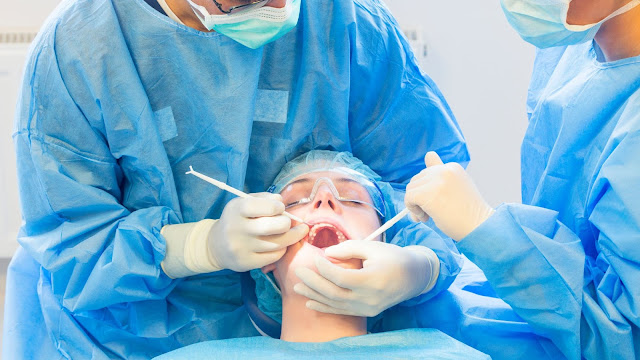Urgent vs. Non-Urgent Dental Emergencies
What is a Dental Emergency?
Everyone can at some point in time experience a situation that might seem like a dental emergency.
It is important to understand the difference between an urgent and a non-urgent dental emergency. This can go a long way in saving the tooth.
Dental Emergency is any oral health issue that compels immediate dental treatment to:
- Save a tooth
- Stop continuous bleeding
- Relieve severe pain
- Treat Cellulitis or soft tissue infection and swelling that can affect breathing
- Take care of Trauma to the facial bones
An emergency appointment with the dental specialist at Morgan Hill Dentistry in such a situation can help to curtail the risk of permanent damage including tooth loss or comprehensive tooth repairs later.
It helps to keep in mind that pain is a signal that the body sends for a reason. One must never ignore painful teeth and gums and seek emergency treatment as soon as possible.
In this blog, we will discuss a few examples of urgent and non-urgent dental emergencies and the steps that can be taken till one reaches our office.
What is an Urgent Dental Emergency?
Severe dental pain or laceration of gums, cheeks, or tongue qualifies as an urgent dental emergency.
A few examples of dental emergencies that require immediate attention include:
- An unbearable toothache caused by pulpal inflammation
- Chipped, broken, or cracked teeth
- Knocked-out tooth
- Partially dislodged tooth
- Swelling of gums (dental abscess)
- Loose tooth
- Third-molar pain
- Tooth fractures that cause pain or soft tissue trauma
- Post-surgery complications such as dry socket
- Lost or broken temporary restoration or a restoration that irritates the gum tissue
Prompt action and seeking medical treatment as soon as possible can help you avoid the need for dental restorations in the future.
What Should One Do During Dental Emergencies?
Any dental emergency can be best treated by a competent emergency dentist. Call Morgan Hill Dentistry and fix up an emergency appointment if such a situation arises.
We will make our best possible effort to rearrange our schedule and see you as soon as possible. However, it always helps to be aware of managing the situation until you can be seen by the dentist.
There are some steps one can follow at home for a few common dental emergencies till you reach us.
However, if the situation is drastically severe and you can’t wait for assistance, you must go to the nearest emergency room.
Toothache
Toothaches are usually caused by food caught between teeth so flossing and swishing with warm water can help to remove debris and alleviate mild toothaches, sometimes.
However one must schedule an appointment with an emergency dentist if the pain doesn’t lessen. Dental specialists may be able to restore the tooth with a filling or crown in case of a cavity. The sooner one acts, the less invasive the treatment would be.
Gum Abscess
A gum abscess should never be squeezed like a pimple. One should schedule an appointment with an emergency dentist so that the abscess can be drained. Scaling and root planing, a root canal, or even tooth extraction may be recommended depending on the extent of infection.
It helps to remember that a gum abscess does not go away on its own and its timely treatment is extremely important. While you wait for your emergency appointment, rinsing with a mild saltwater solution can ease the pain and draw the pus toward the surface.




Comments
Post a Comment